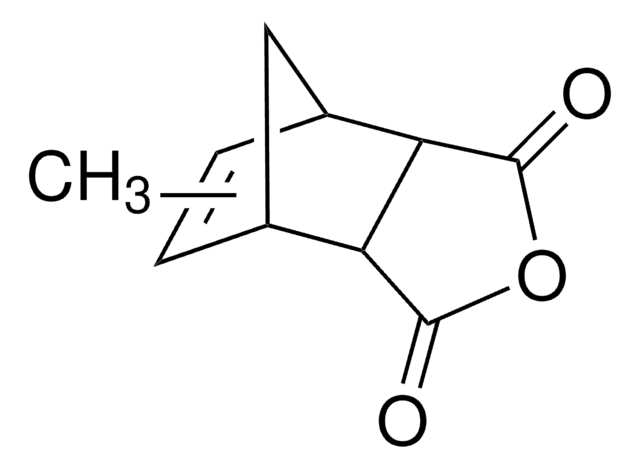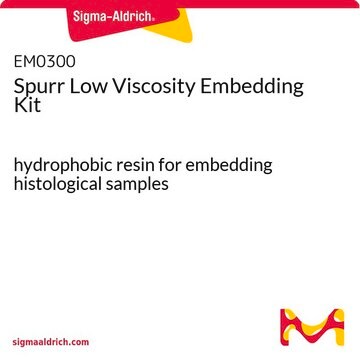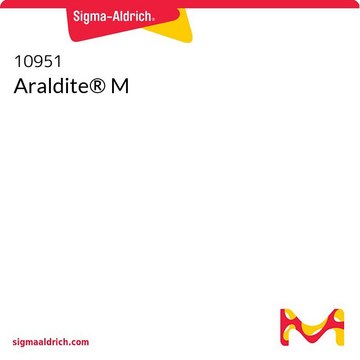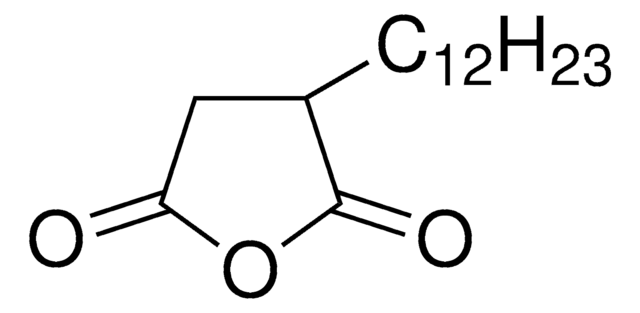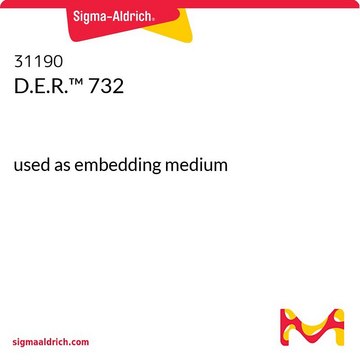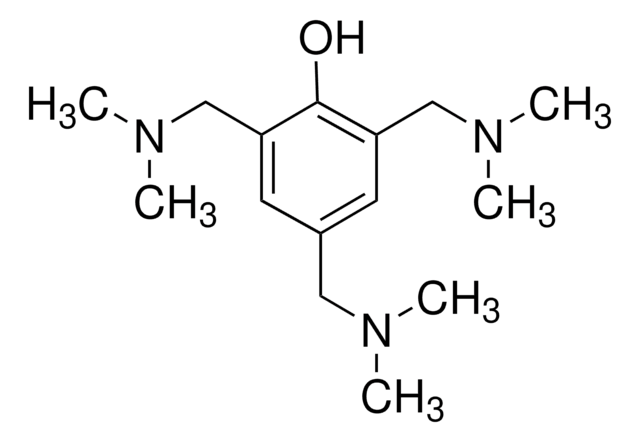45359
Epoxy Embedding Medium kit
embedding resin for electron microscopy
Sinónimos:
Epon™ substitute embedding medium kit
About This Item
Productos recomendados
pH
5-7
density
1.9 g/cm3
application(s)
hematology
histology
storage temp.
2-8°C
General description
Application
- to study the role of NDRG2, an essential colonic epithelial barrier regulator, in gut homeostasis maintenance and colitis-associated tumor development
- to study the interaction of polymer scaffold nanofibers with growing cells
- to study the morphological characterization of postembryonic development of blood–spleen barrier in ducks
- to understand the role of NOD1/NOD2 receptors in Fusobacterium nucleatum-mediated neutrophil extracellular traps
Features and Benefits
- Excellent medium for embedding a wide variety of tissues, including both plant and animal.
- Facilitates rapid embedding (less than 3 hours).
- Low viscosity facilitates rapid tissue penetration.
- Desirable hardness is easy to obtain to suit a specific tissue type.
Components
45347 Härter MNA 250 ml
45356 Härter DDSA 250 ml
45348 Beschleuniger DMP 30 250 ml
Legal Information
Related product
signalword
Danger
Hazard Classifications
Acute Tox. 4 Oral - Aquatic Chronic 4 - Eye Dam. 1 - Resp. Sens. 1 - Skin Corr. 1B - Skin Sens. 1 - STOT SE 3
target_organs
Respiratory system
Storage Class
8A - Combustible corrosive hazardous materials
flash_point_f
275.0 °F
flash_point_c
135 °C
Certificados de análisis (COA)
Busque Certificados de análisis (COA) introduciendo el número de lote del producto. Los números de lote se encuentran en la etiqueta del producto después de las palabras «Lot» o «Batch»
¿Ya tiene este producto?
Encuentre la documentación para los productos que ha comprado recientemente en la Biblioteca de documentos.
Los clientes también vieron
Nuestro equipo de científicos tiene experiencia en todas las áreas de investigación: Ciencias de la vida, Ciencia de los materiales, Síntesis química, Cromatografía, Analítica y muchas otras.
Póngase en contacto con el Servicio técnico
